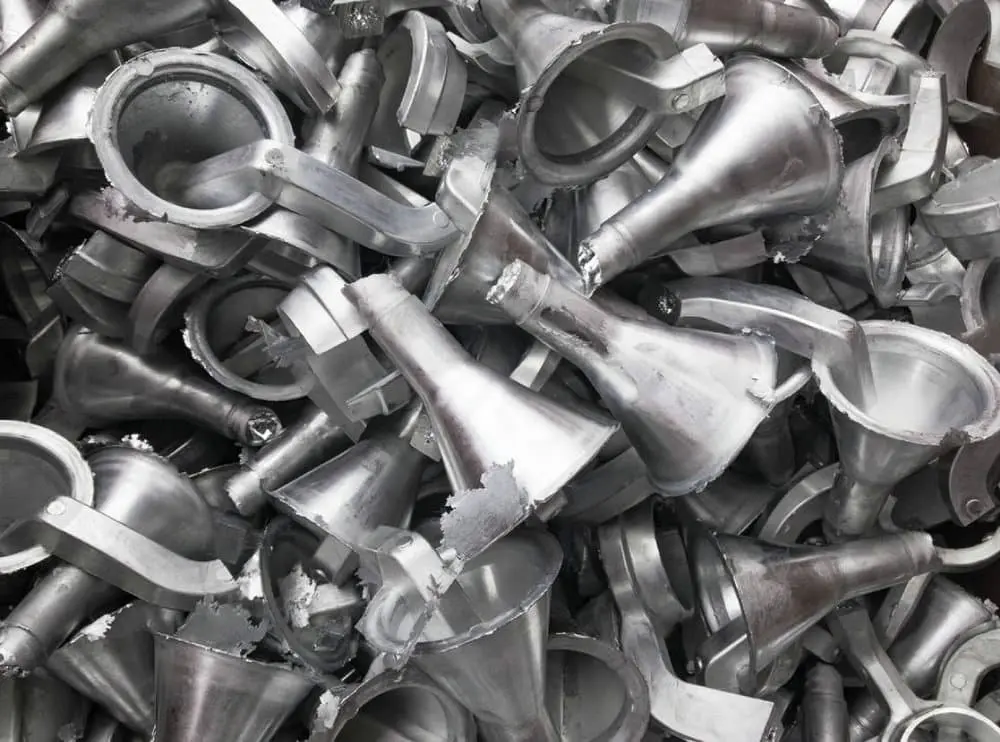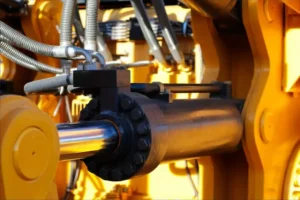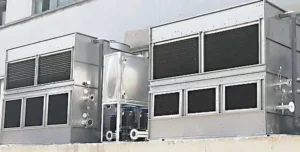Melting zinc in an induction furnace is a process used in various industries for applications like galvanizing, die-casting, and alloy production. Here are some key points you need to know about melting zinc in induction furnaces:
1. Induction Heating Principle
Induction furnaces use electromagnetic induction to generate heat. An alternating current passes through a coil, creating a magnetic field that induces eddy currents in the metal, producing heat and melting the zinc.
2. Melting Zinc Temperature Control
Zinc melts at a relatively low temperature of about 419.5°C (787.1°F). Induction furnaces offer precise temperature control, which is crucial for preventing overheating and oxidation of zinc.
3. Efficiency and Speed
Induction furnaces are highly efficient, providing rapid heating and melting of zinc. This efficiency reduces energy consumption and operational costs.
4. Environmental Impact
Induction furnaces produce fewer emissions compared to traditional fossil-fuel-powered furnaces, making them more environmentally friendly. They also produce less slag, reducing waste.
5. Quality of Melt
Induction melting provides a uniform and consistent melt, which is essential for high-quality zinc products. The process minimizes contamination and allows for better control over the composition of the alloy.
6. Safety Considerations
Zinc fumes can be hazardous if inhaled, so proper ventilation and fume extraction systems are essential. Additionally, operators should use personal protective equipment (PPE) to avoid exposure to molten metal splashes and fumes.
7. Types of Induction Furnaces
- Coreless Induction Furnaces: Suitable for melting small to medium-sized batches of zinc. They offer flexibility and quick turnaround times.
- Channel Induction Furnaces: Better for continuous melting and holding large quantities of zinc. They are often used in foundries with high production rates.
8. Crucible Selection
The choice of crucible material is crucial. Graphite and ceramic crucibles are commonly used for melting zinc due to their high resistance to thermal shock and chemical erosion.
9. Power Supply
Induction furnaces require a power supply that can handle the specific power requirements for melting zinc. The power supply must match the furnace capacity and the melting rate required.
10. Maintenance and Downtime
Regular maintenance of the induction furnace is necessary to ensure efficient operation. This includes checking the coil, power supply, cooling system, and crucible for wear and damage.
11. Cost Considerations
While induction furnaces have higher upfront costs compared to traditional furnaces, their operational efficiency, lower energy consumption, and reduced environmental impact can lead to long-term cost savings.
12. Applications
- Galvanizing: Melting zinc for coating steel and iron to prevent corrosion.
- Die-Casting: Producing zinc die-cast parts for automotive, electronics, and other industries.
- Alloy Production: Creating zinc-based alloys for various industrial applications.
Understanding these aspects will help you effectively utilize induction furnaces for melting zinc, ensuring safety, efficiency, and high-quality production.








